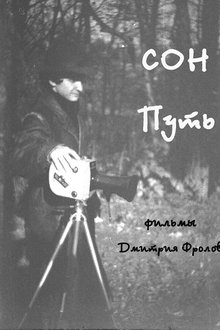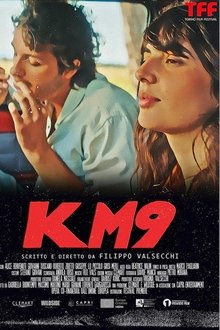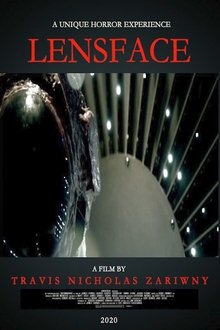Related Movies
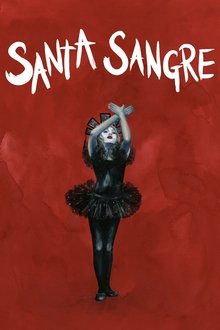
Santa Sangre (1989)
A former circus artist escapes from a mental hospital to rejoin his armless, cult leader mother, and is forced to enact brutal murders in her name.
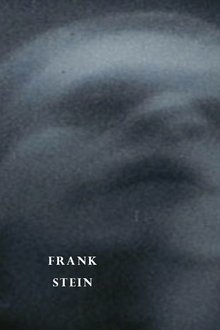
Frank Stein (1972)
Filmed before his feature-length Arrebato, Zulueta’s Frank Stein is a personal reading of horror cult classic Frankenstein (1931), filmed directly from its television broadcast and reducing Whale’s original to only three packed and dizzying minutes, during which the film's sensitive monster evolves at an unusual rate.

The Colour Out of Space (2017)
A meteorite, strange vegetation, a colour: an experimental take on H.P. Lovecraft's spiral into madness, shot with a vintage camera on truly unique LomoChrome 16mm film.
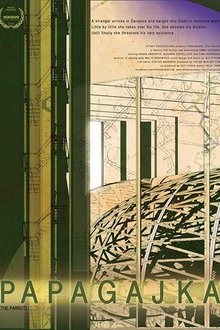
The Parrot (Papagajka) (2016)
A stranger arrives in Sarajevo and barges into Damir's reclusive world. Little by little she takes over his life. She absorbs his dreams, until finally she threaten his very existence.

Fragment of Seeking (1947)
A young man desperately seeks out the fleeting image of a female companion, and though he never quite catches her, he discovers much more through the surreal explorations of his own sexuality. Preserved by the Academy Film Archive in 2012.
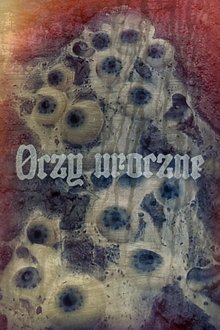
Bewitching Eyes (1977)
A Polish folktale set in the Middle Ages, tells the story of a man, whose eyes, or the gaze of them, brings upon death.

Shoals (2011)
A slow-burning prairie grotesque. On the grounds of a rural sanitarium, three young women search for wellness, as a cult leader seeks to control their bodies through labor and daily rituals.

Wish You Were Here (2016)
Coming out of an accident with amnesia, Sophie Bauer tries to reshape herself in the eyes of those who knew her best.
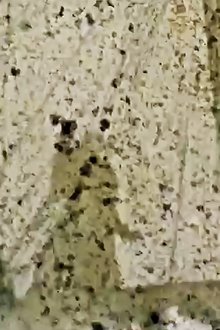
Luzern Viper (1988)
A Schmelzdahin short wherein a print of a portion of Nosferatu (including the iconic shot of the vampire on the boat) has been degraded and abstracted through the bacterialogical decomposition, disintegration, and chemical processes Schmelzdahin would use.
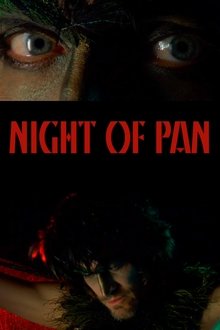
Night of Pan (2009)
A magician encounters the void that separates the human mind from divine consciousness and in turn faces the mad god.

Begotten (1991)
Begotten is the creation myth brought to life, the story of no less than the violent death of God and the (re)birth of nature on a barren earth.

Blow-Up (1966)
A successful mod photographer in London whose world is bounded by fashion, pop music, marijuana, and easy sex, feels his life is boring and despairing. But in the course of a single day he unknowingly captures a death on film.

The Foaming Node (2018)
Ian Haig’s The Foaming Node essays the discovery and emergence of new bodily organs in meticulous and captivating detail. We follow the last remaining observers, members of a cult of sorts, who have experienced both the transmissions of The Foaming Node, and their own personal and strange bodily transformations. They discuss exactly how the changes associated with The Foaming Node have affected them, telling fascinating, visceral, detailed tales that reach beyond science, alternative medicine, and corporeality.
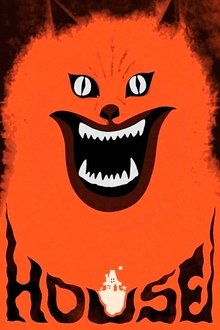
House (1977)
Hoping to find a sense of connection to her late mother, Gorgeous takes a trip with her friends to visit her aunt's ancestral house in the countryside. The girls soon discover that there is more to the old house than meets the eye.
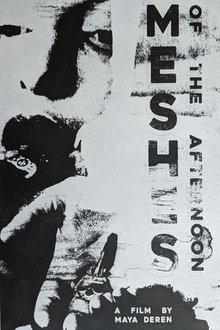
Meshes of the Afternoon (1943)
A woman returning home falls asleep and has vivid dreams that may or may not be happening in reality. Through repetitive images and complete mismatching of the objective view of time and space, her dark inner desires play out on-screen.
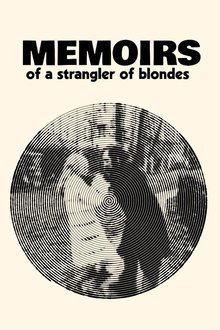
Memoirs of a Strangler of Blondes (1971)
First film by Julio Bressane shot in exile, "Memoirs" is a film about a man who repeatedly kills the same type of woman in same places, the same way. Filmed on the streets of London.
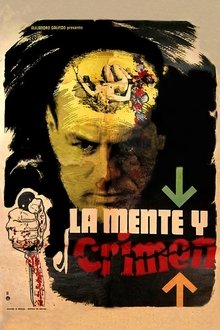
The Mind and the Crime (1961)
The discovery of a human torso thrown into a waterway, leads the viewer to observe the work of modern criminology and the task of special agents to track and record the psychopath's mentality through the elucidation of techniques present in the reality of the police investigation.
